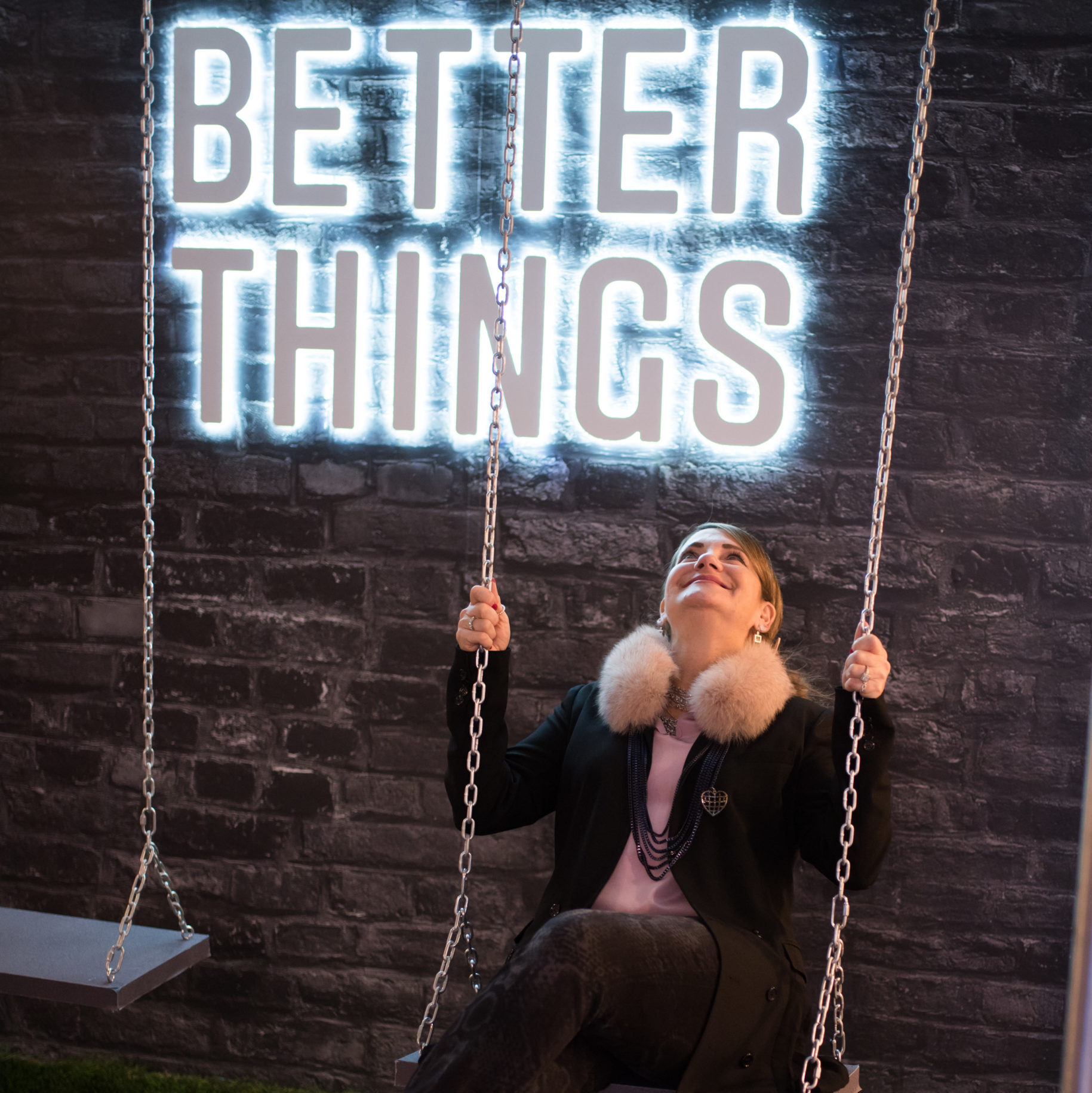By…
What will events look like in a post pandemic-era?
Entertainment production and events management expert, Janice Cardinale, shares her thoughts.

Think of Pride Day parades, the Super Bowl, New York Fashion Week, and other massive events that reach thousands of people annually. The COVID-19 crisis has called their future into question. With the congregation of large groups largely restricted, how will the show — sporting, fashion, trade, music, and the like — go on?
While many organizations are opting to weather the pandemic by going virtual until a vaccine is developed, event design will likely not ever return to normal post-COVID.
Reflecting on the pre-pandemic realities of event design, the consumption of event entertainment has not changed in centuries. We are a tribal people; emerged from a society that has always been narrative driven, congregating around a campfire and social circles, telling stories, sharing memories. Even as we’ve progressed with industry, architecture, technology and entertainment changing the settings and communication channels, the essence is still really to come together and share these experiences.
The shared experience is what has always driven — and what I suspect will always drive us — toward live events.
While the pandemic cut off our ability to gather literally overnight, the desire to meet up did not stop. Social distancing is described as the measures we must take to not spread the virus, however, it is a somewhat misleading term. We have come together more actively than ever socially, on Zoom and FaceTime sharing experiences.
As we continue to gather around this proverbial, digital campfire, we have all become more adaptable as we seek out technologies and technologies seek out us in delivering some wonderful new opportunities. We are constantly reminded that technology is never static, and that some of the most creative periods in human history have come out of extreme situations of stress and duress.
The only certainty that is out there is change!
Until groups can occupy venues again, what opportunity is there for people to consume events and entertainment?
More than 12 million players tuned in for Travis Scott’s ‘Fortnite’ event. That is roughly the same size as the average ‘Monday Night Football’ audience. Over 20-million viewers tuned into Global Citizen’s One World: Together at Home concert to watch the Rolling Stones and other music powerhouses perform from home with very little production value. While typical live concerts can attract two to three million attendees, that pales in the face of 20-million VIRTUAL viewers soon after the breakout of a worldwide crisis. This April 2020 event was a shining example for how our industry could move forward, even though there is a long developmental period for digital events to anticipate ahead.
One cannot underestimate how we, as human beings, engage in all our senses.
At this stage, you can’t imagine that technology is capable of replicating the feeling that you have attending a summer festival, enjoying the balmy breeze in close proximity of your friends, glass of wine or beer in hand. While the consumption of music in this way may not be perfect, the experience is embellished by the overall environment.
That is where this lockdown period has been a great experimental petri dish for our industry. How much of this new technology and virtual experiences that we’ve been forced to discover will stay with us as we move out of this period? And how much will disappear because it just never really fulfilled the overall desire to experience events live?
With tech becoming more readily available, live performances are now happening in empty spaces that are outfitted for digital engagement.
Right now, the production value of these events is in flux as consuming these virtual events is still a novelty. But how important will production value become once the ability opens up to consume events on different platforms — virtual and live — remains to be seen.
While the virtual world still has not come up with a design language that does its justice, its designers continue to use visual reference points for building from the physical world. When we start talking about VR and events, and how we can move forward into a future where we mix both remote and live audiences and performers, the landscape starts to get interesting. In fact, I believe we’re in the midst of a renaissance on many levels where we’ll see an increasing blurring between the virtual and the real.
The short-term future will rely on the decentralization of events.
While the pre-pandemic event-scape highlighted major venues, the post-pandemic venue will be spread out by different hosts across various countries. Audiences are still there, they just will not be congregating.
Event profs are having many conversations about the future of this “distributed” event model, driven by the business incentive for holding these events in the first place. The challenge is we now must find the locations that can physically allow for these events. Due to the continued need to physically distance, a lot of the venues coming out of this lockdown will just not be able to cater to the measures that need to be put in place.
At which point in the business model do the arena’s, theatres, and stadiums open to a smaller crowd? And how can you incorporate the remote audience who would normally go to that event, but cannot?
We are still very bound by the things we know. Surpassing this limitation depends on strategizing how the physical and digital event worlds can be merged.
The generation of consumers that just consume what was given to them has come to an end. People want to participate in virtual and hybrid events and therefore, we need to personalize the shared experiences as the demand for individualism is leading the way. The design world has yet to catch up to the virtual world. However, a new design language will emerge out of this which is clearly not present now. The production value for most events is relatively poor but there is a novelty about it.
There are no constraints in the digital world. What will happen is the digital and live will co-create together. The current tech is communicative rather than genuinely collaborative on a project from your living room or bedroom. This is the struggle for remote designers and this too shall change in time.

Janice Cardinale
Janice Cardinale is Founder and Chief Idea Hunter at The Idea Hunter, Canada’s trend-setting source for corporate entertainment, event management, and creative services. A passionate leader and change-maker in the event industry, her work has been recognized with several awards. Janice devotes her time to mentoring the next generation of event professionals as Board Chair for Seneca’s Event Design and Management program, and is also a board member for Seneca’s Business & Marketing Management program.
By:…
Four Empowering Strategies to Overcome Imposter Syndrome
By:…
Adapting Leadership: Why Traditional Models Fall Short in Today’s Dynamic Workforce
Women…
New Survey Reveals that Almost 80 per cent of Women Face Ageism in the Workplace
You…
You Need to Meet: Dr. Dana Sinclair, a Performance Psychologist Helping Athletes and Professionals Excel
You…

